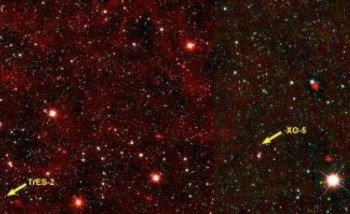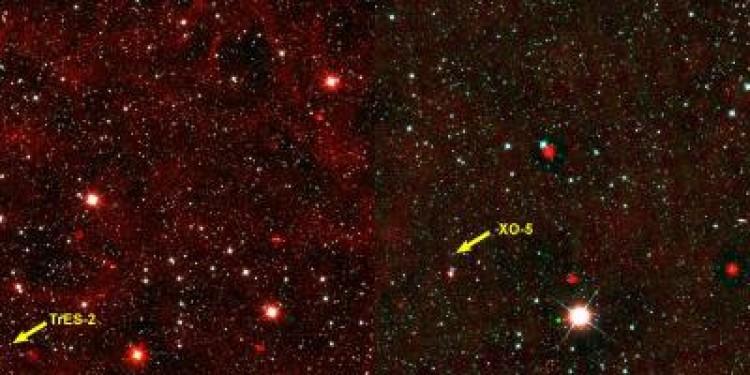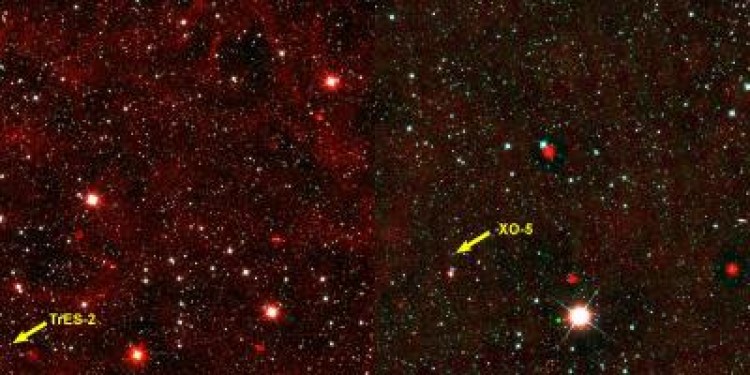Evidence of debris discs, remnants of planet formation, has been discovered in two extra-solar systems.
In our own solar system, there are two debris discs—the asteroid belt and the Kuiper belt—where the dwarf planet Pluto is located.
Led by Alexander Krivov at Germany’s University of Jena, a team of astronomers examined the recently published Wide-Field Infrared Survey Explorer (WISE) catalogue, and found 52 stars with transiting planets.
They located stardust in the systems TrES-2 in the Draco constellation and XO-5 in the Lynx constellation. Both have a transiting “hot Jupiter” planet.
“We are dealing with enormous accumulations of chunks of matter which create dust when they collide”, said Krivov in a press release. “These stars are hundreds of light years away from the Earth.”
Using photometric analysis, the team detected irregularities in the infrared range, which indicate the presence of stardust.
“The dust is warmed up by the star and radiates heat,” Krivov said. “We see that radiation curve is above the radiation curve of the star as a clear sign of the existence of stardust.”
Krivov said the hunt for these debris discs within the universe was like detecting an ice-cream cooled down to minus 130 degrees with a heat detector in a 5,000 kilometer distance from Earth.
The paper is titled “Debris disc candidates in systems with transiting planets,” and was published online in the Monthly Notices of the Royal Astronomical Society on Sept. 13.







